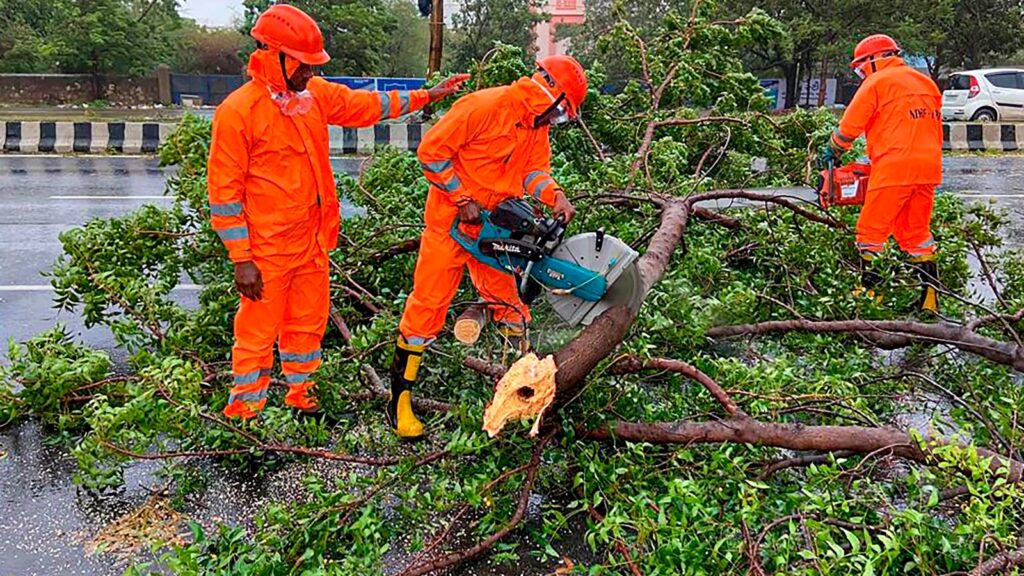As Biparjoy crashed ashore in Gujarat last week, it uprooted 1,963 trees and 5,718 electricity poles, plunging 3,400 villages into darkness. Sheets of rain and winds gusting up to 140kmph pummelled the western coast and damaged nearly 500 houses, wrecking another 100. Yet, incredibly, only 23 people were injured and no one died after the cyclone’s landfall (two were killed before landfall on Thursday) as authorities worked through the week to evacuate 108,000 people and 73,000 animals to safety, and managed to largely contain the damage to infrastructure. By Sunday, most of the roads obstructed had been cleared, and power was restored in many villages. This is a remarkable achievement, especially because Biparjoy was the longest-lasting cyclone in the Arabian Sea, and could have caused widespread damage.
India’s prowess in cyclone relief and management is well-known. The 1999 super cyclone, which wreaked havoc in Odisha and killed nearly 10,000 people, was a wake-up call for disaster relief systems in the country, and the lessons learnt from that tragedy have been internalised and implemented well. This is evident in the quiet efficiency seen every time a natural disaster looms, as authorities efficiently evacuate tens of thousands of people, set up hundreds of camps and relief shelters, arrange for emergency supplies and augment critical infrastructure. This expertise has not only helped forestall more human deaths in India, but it has also been deployed to help other countries deal with the fury of nature, such as in the aftermath of a devastating earthquake in Turkey earlier this year. This skill of managing large populations and ensuring minimal damage will hold the country in good stead in an increasingly uncertain era, where the vagaries of the climate crisis are set to compound extreme weather events and throw familiar weather patterns askew. The learnings now need to be deployed in newer arenas as the climate around us transforms.

